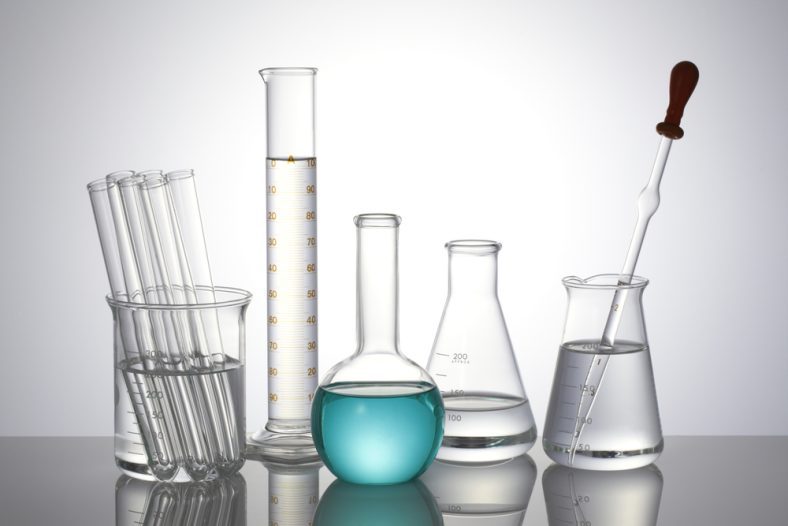One of the most important science lab equipment Malaysia is a set of glasswares that serves the general purpose of handling, heating and for some, accurately measuring your chemicals. Sizes and functions still vary depending on the types you are using for your experiments.
Without glasswares, or unless you really have planned experiments that do not require chemicals at all, put your lab’s launch on hold as you have no other tools to handle your chemicals. Don’t try to use typical glasses or other containers unless you want inaccurate measurements or worse, see how fast the material can be corroded.
Also, it is important that you keep your glassware in shelves or cabinets where their own safety isn’t compromised. Arrange them neatly so they wouldn’t easily topple over if you so much as touching them with a pinky.
Beakers

Beakers are one of the glasswares that you may first picture in your head when entering a lab. They are used to store, mix, heat and transfer chemicals. Beakers are cylindrical in appearance, with flat bottoms and spouts at the lip to assist in pouring. Coming in different sizes, they have unit measurements that you can use to measure your chemicals inside with accuracy.
If you are handling caustic or abrasive chemicals, you have to choose beakers that are made of chemical-resistant polypropylene materials. This way, you won’t have to worry much about breakage except when your hands are handling them.
Flasks
A symbolic glassware, flasks are another glassware which the imagery is symbolic to science in general. The general characteristic of a flask is its narrow neck and rounded or conical wide body. Common types that you may use are Erlenmeyer or conical flasks, which is the exact imagery mentioned earlier. Besides utilizing typical flask functions, it is also used to catch vapor or condensation.
There is also a boiling flask, which sports a flat or round bottom, and true to its namesake, it provides uniform boiling or heating of chemicals. Vapors are also collected inside.
As one more example, your lab would also include a volumetric flask that is made to calibrate and prepare solutions. Sporting a flat bottom, it is practically a giraffe compared to other examples because the neck is longer and narrower too.
Pipettes
Pipettes are glasswares that you use to transport liquids or solutions by specific volumes, rather than handling or heating them as of other glassware types. They can also be used as measurement tools for said chemicals to ensure that you precisely transfer the correct amount.
There are different types and sizes of pipettes you can equip your lab with, such as volumetric or Mohr variants. However, they require regular calibration every three to six months so they can always measure liquids accurately, otherwise your experiment results will turn out wrong in the end as the data is inaccurate.
So note yourself to recalibrate all of your lab’s pipettes every three to six months, and make sure to tell your lab partners to do the same too.



